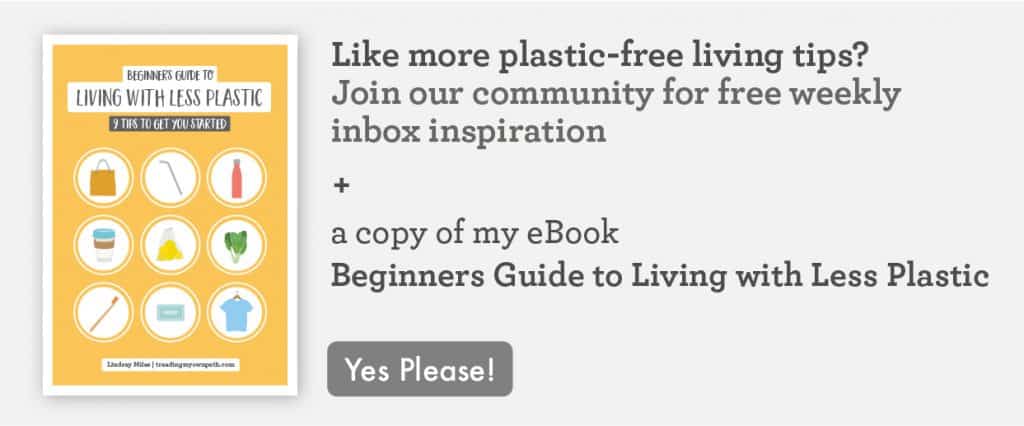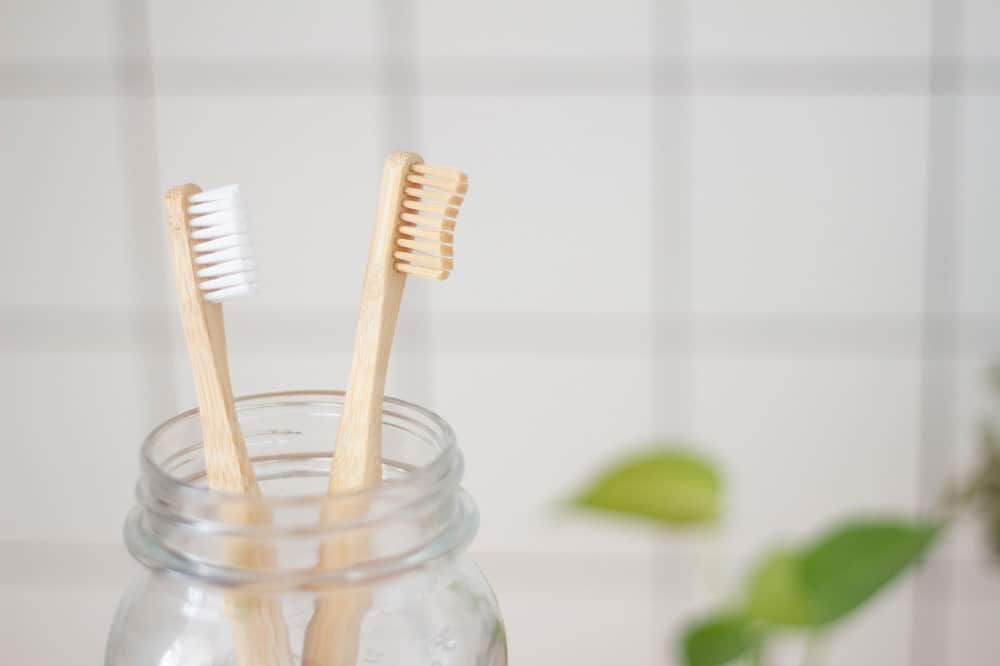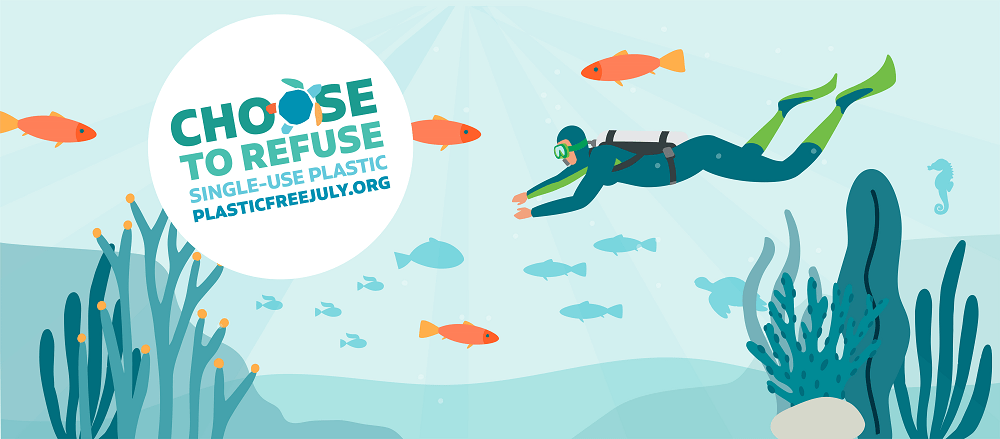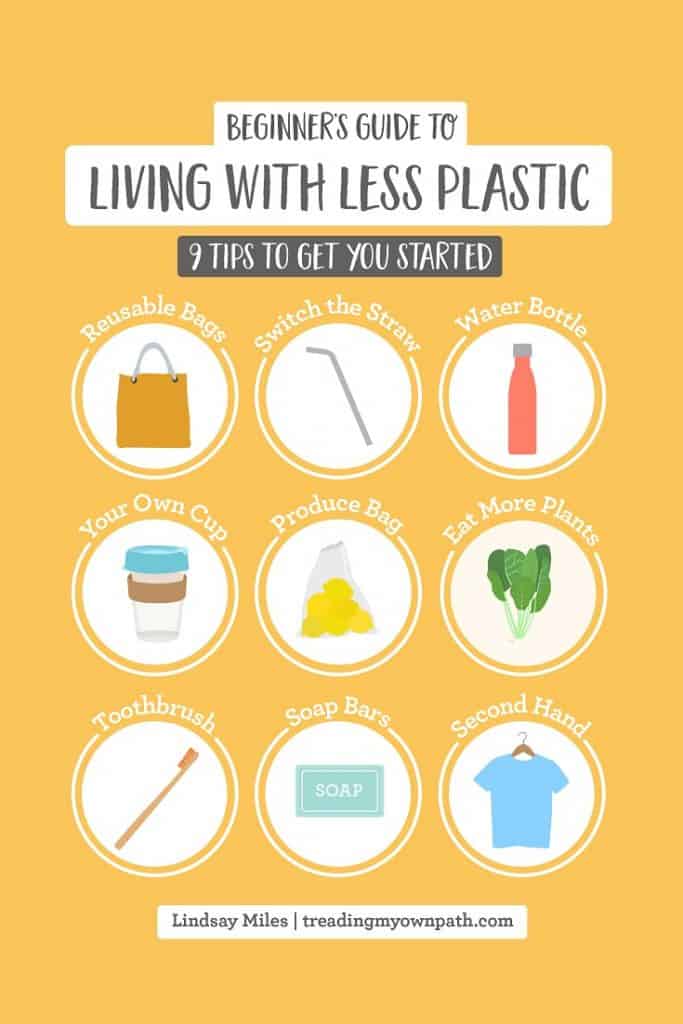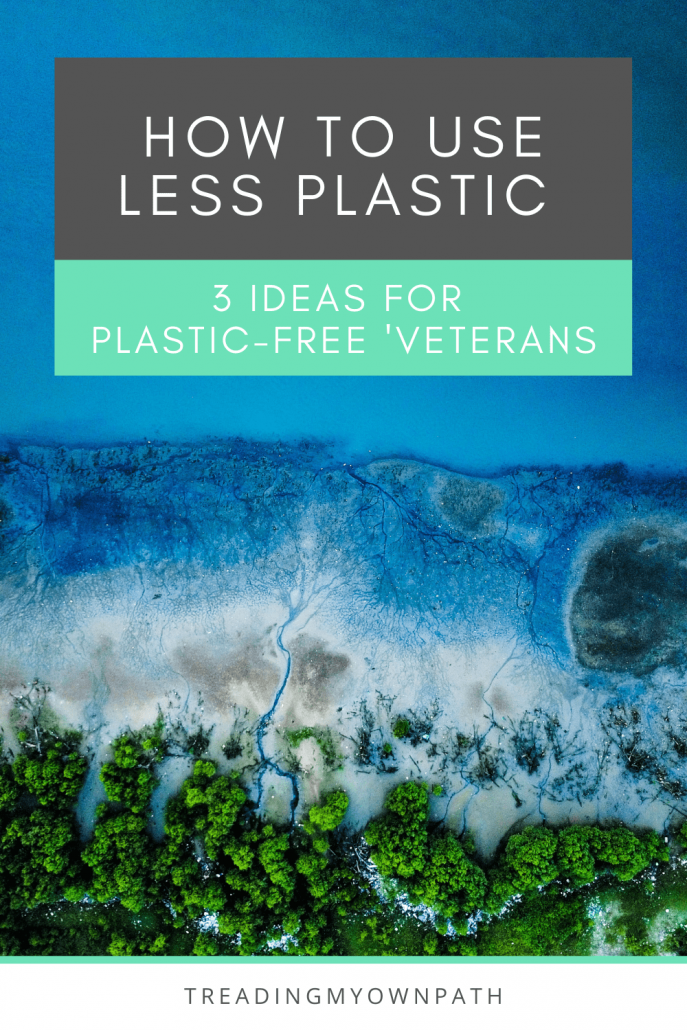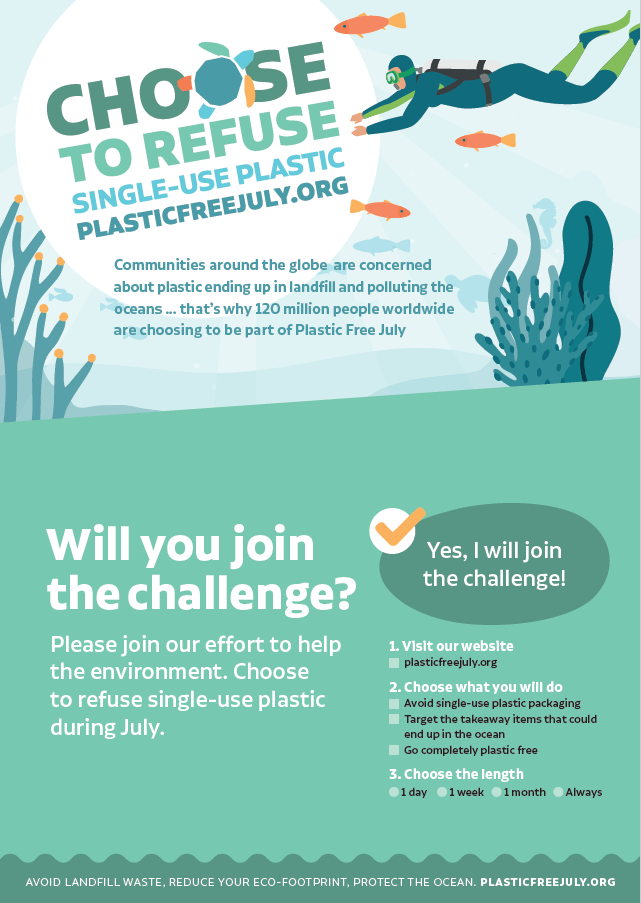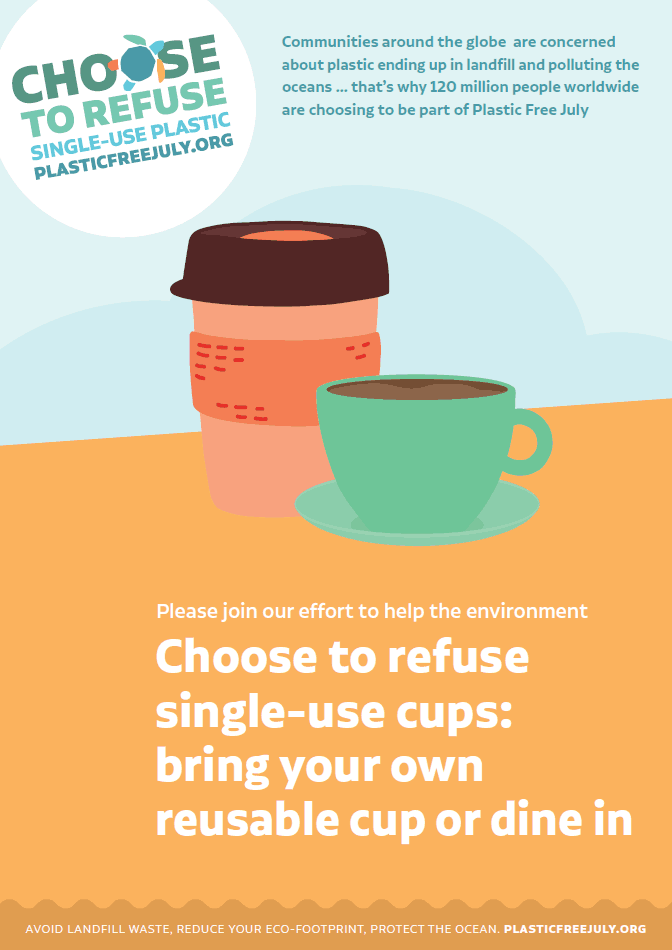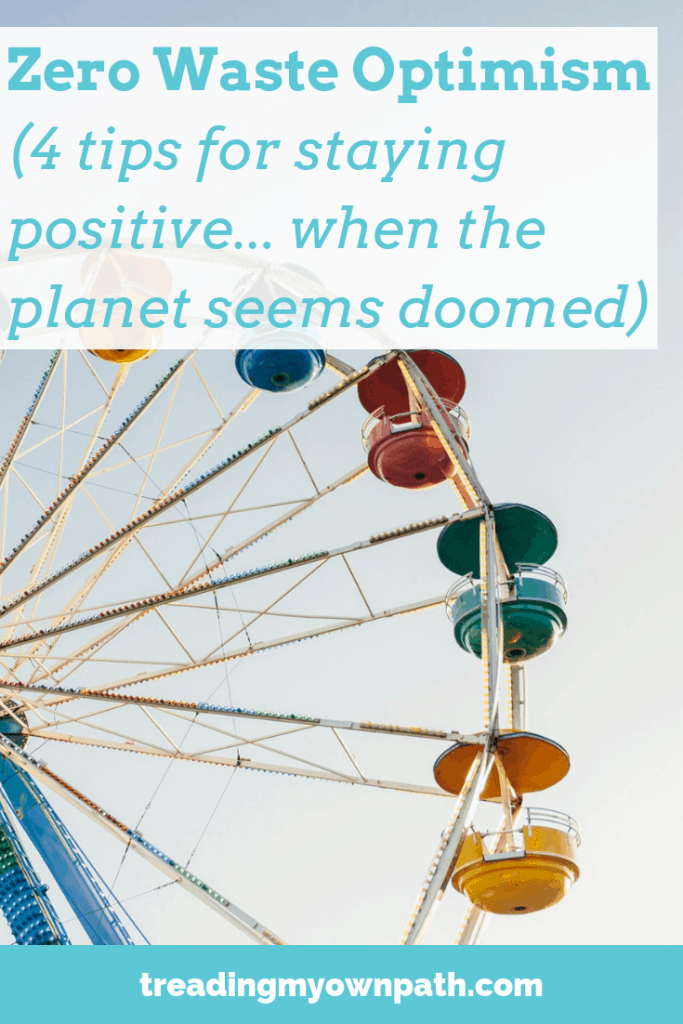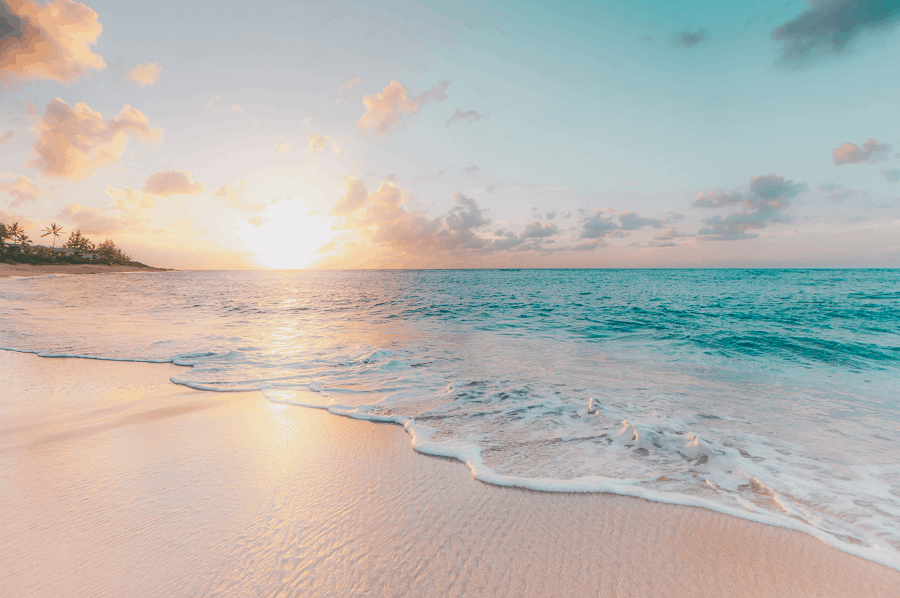15+ Swaps for a Plastic-Free Bathroom
The two areas of the home where we tend to use the most single-use plastic and other packaging are the kitchen, and the bathroom. The good news is, both have plenty of opportunity for doing things differently!
In many ways, the bathroom is easier to tackle. We don’t need to replace the items as often or as quickly (toothpaste doesn’t go bad like milk or cauliflower does), and there are less products to switch. (Surely no-one’s bathroom cupboard has more products than the pantry, fridge and freezer combined?)
Plus even if you’re not feeling drawn to DIY, guaranteed someone in your town does! There is so much opportunity to support local businesses when it comes to making bathroom swaps.
I thought I’d run through all of the swaps I’ve made to give you some ideas that might work for you. There are plenty of awesome brands making thoughtful products, and I can’t list them all (I don’t know about them all!).
So I’ve shared the ones that work for me – and part of that means being available in the physical zero waste stores in my neighbourhood. I prefer to buy local where I can, and support independent businesses trying to create positive change.
If that’s not possible, there are heaps of great online independent small businesses that you can support.
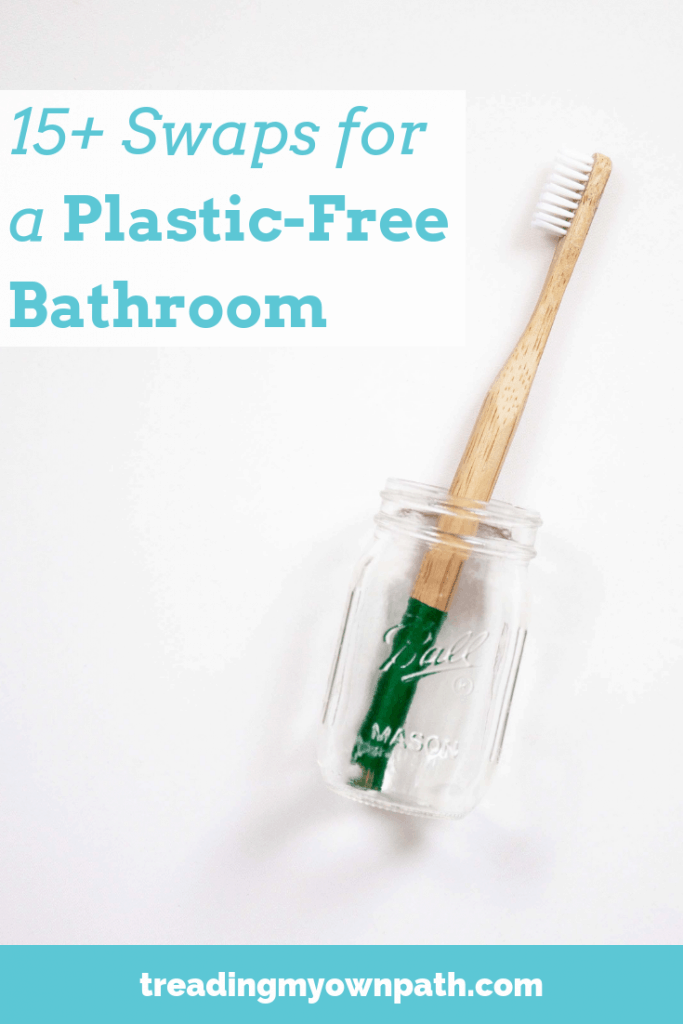
Plastic-Free / Zero Waste Swaps – Hair Care
Shampoo soap: I washed my hair with bicarb and vinegar for about 3 years, but a two month trial with just water left my hair really dry, and I decided to switch to a shampoo bar to fix it. I really like the Source Foods shampoo bar, which I buy from my local Source store in Victoria Park.
There are heaps of brands making solid shampoo soap and most people find it takes a while to find one that works with their hair. (I’ve only tried two, the Source one is great, the other was not great at all.) If you don’t love the first bar you try, keep going. Some companies also make samples so you can test without committing to a huge block you don’t end up using.
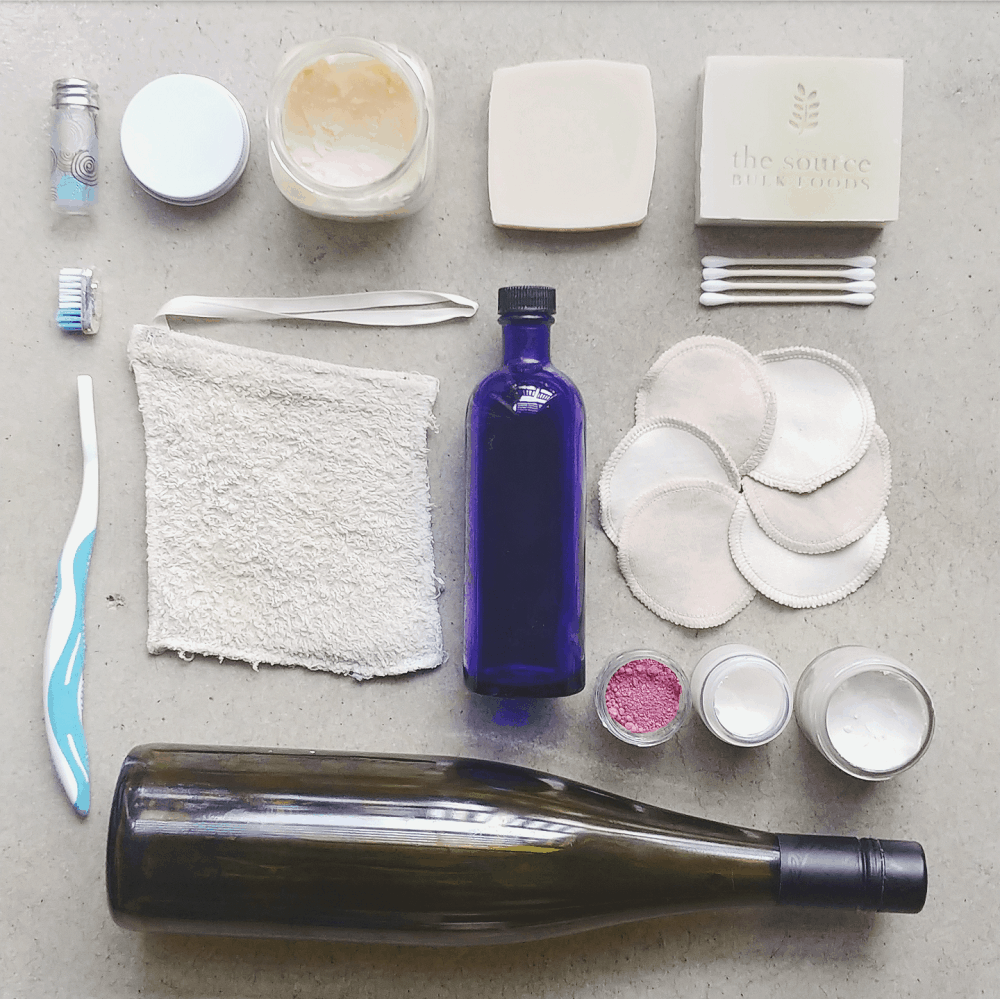
Conditioner (white vinegar rinse): I still use white vinegar to rinse my hair (instructions here). I don’t use any other styling products. In fact, I still cringe at how much I used to spend on conditioner and frizz-ease hair serums when actually, white vinegar does a much better job for a fraction of the cost and with no plastic waste.
White vinegar is pretty easy to find at most bulk stores (I refill an old wine bottle), or even at the grocery store in glass. You can use apple cider vinegar as an alternative.
Plastic-Free / Zero Waste Swaps – Dental Care
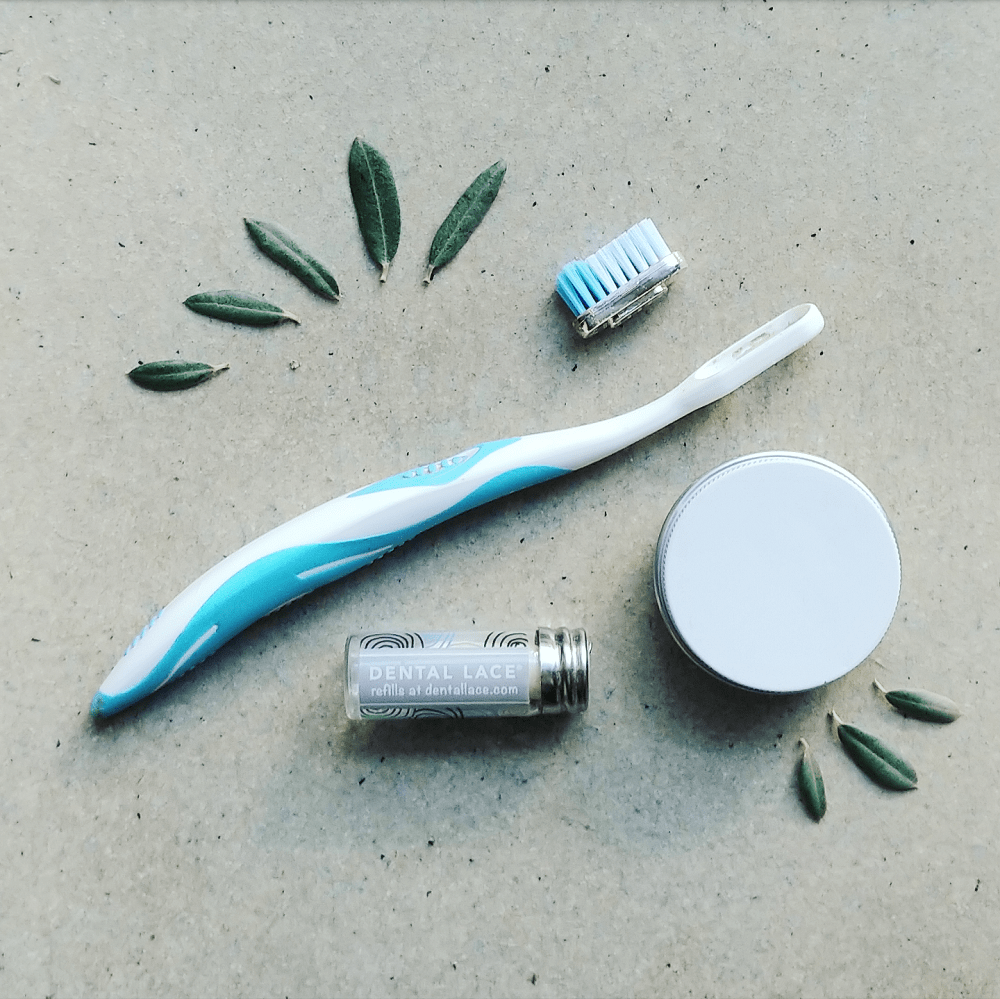
Toothbrush: you’ll probably notice that my toothbrush appears to be plastic. That’s because it is plastic. But it’s not single-use: it has a replaceable head. Back in 2012 when I went plastic-free, bamboo toothbrushes were far less common and I just couldn’t get on with the two brands that were available to me. So I switched in 2014, and for the last 5 years I’ve kept the handle and replaced the heads.
The brand I have is SilverCare: it’s made in Italy (I purchased from Manna Whole Foods in South Fremantle). There’s a small amount of plastic with the packaging. Annoyingly, Silvercare changed the shape of the head recently, meaning it is harder to find the heads that fit my brush.
I’ve since found another brand Lamazuna, made in France, that uses 70% bioplastic (plastic made from plants, not fossil fuels) in the handle, and also uses no plastic packaging. I’m wondering if the Lamazuna heads fit in the Silvercare brush handle.
The heads can be recycled via Terracycle.
Toothpaste: I make my own using equal (ish) parts glycerine and sodium bicarbonate (also called baking soda, bicarb or bicarb soda) mixed together to form a paste, and I add a couple of drops of peppermint oil. I look for plant-based glycerine, and food grade bicarb.
Dental Floss: I purchase a brand called Dental Lace, who make floss from mulberry silk that is coated in a plant-based Candelilla wax. The floss comes in a refillable glass container with a metal lid, along with refillable packets of floss in certified compostable packaging. I purchase it from Urban Revolution in Victoria Park.
Plastic-Free / Zero Waste Swaps – Skincare
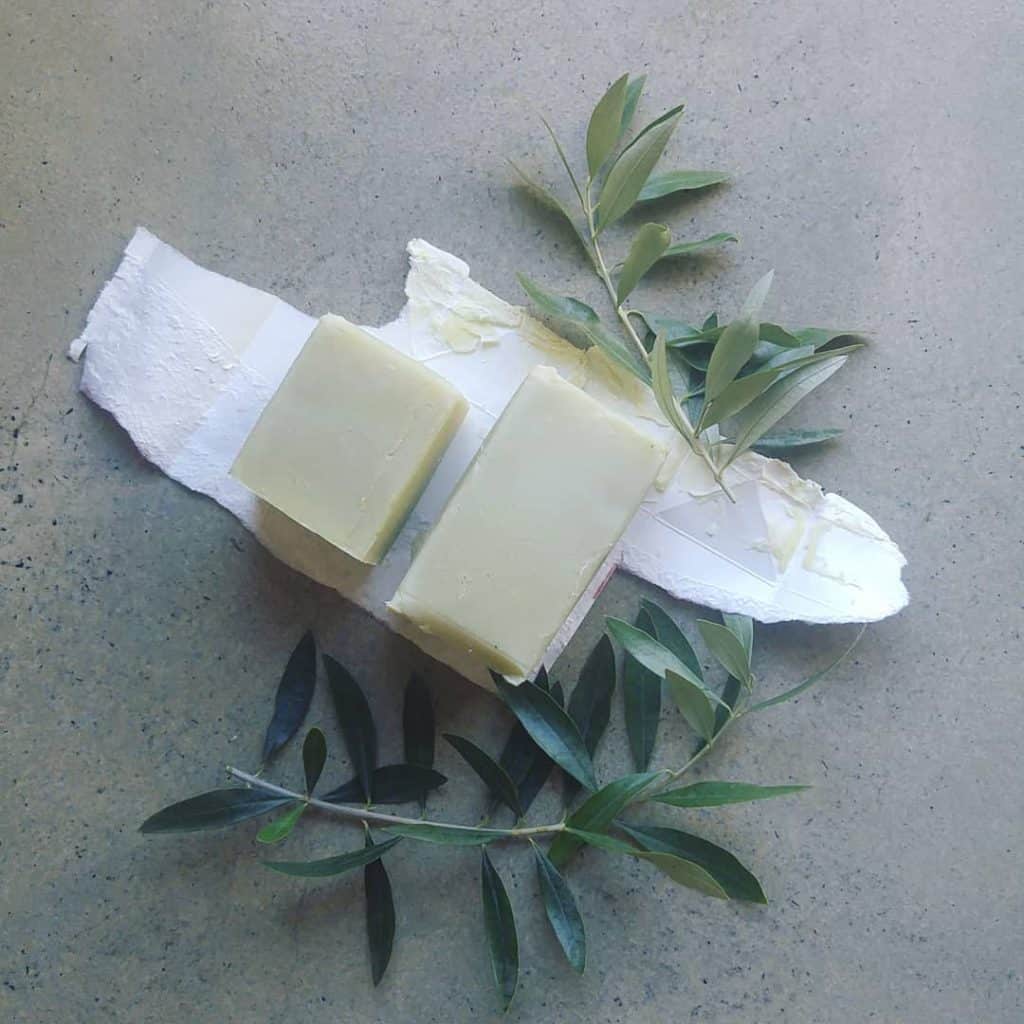
Bar soap: Bar soap has replaced all of the liquid products I used to use: face wash, hand wash, shower gel and body wash. After being terrified of making soap for far too long, I finally gave it a crack at the end of last year and am pleased to say it is not as hard or dangerous as I thought. I made soap with coconut oil, olive oil and rice bran oil, and I’m still working through that first batch.
Should soap-making not be your thing (yet), look for a good quality soap made from vegetable oils.
Almond oil: I use almond oil as a light moisturiser in summer, applying straight after a shower whilst my skin is still damp to help keep my skin hydrated. A few bulk stores sell almond oil, otherwise olive oil is just as good and even more widely available.
Oil is also an excellent make-up remover, and doesn’t sting like chemical versions do.
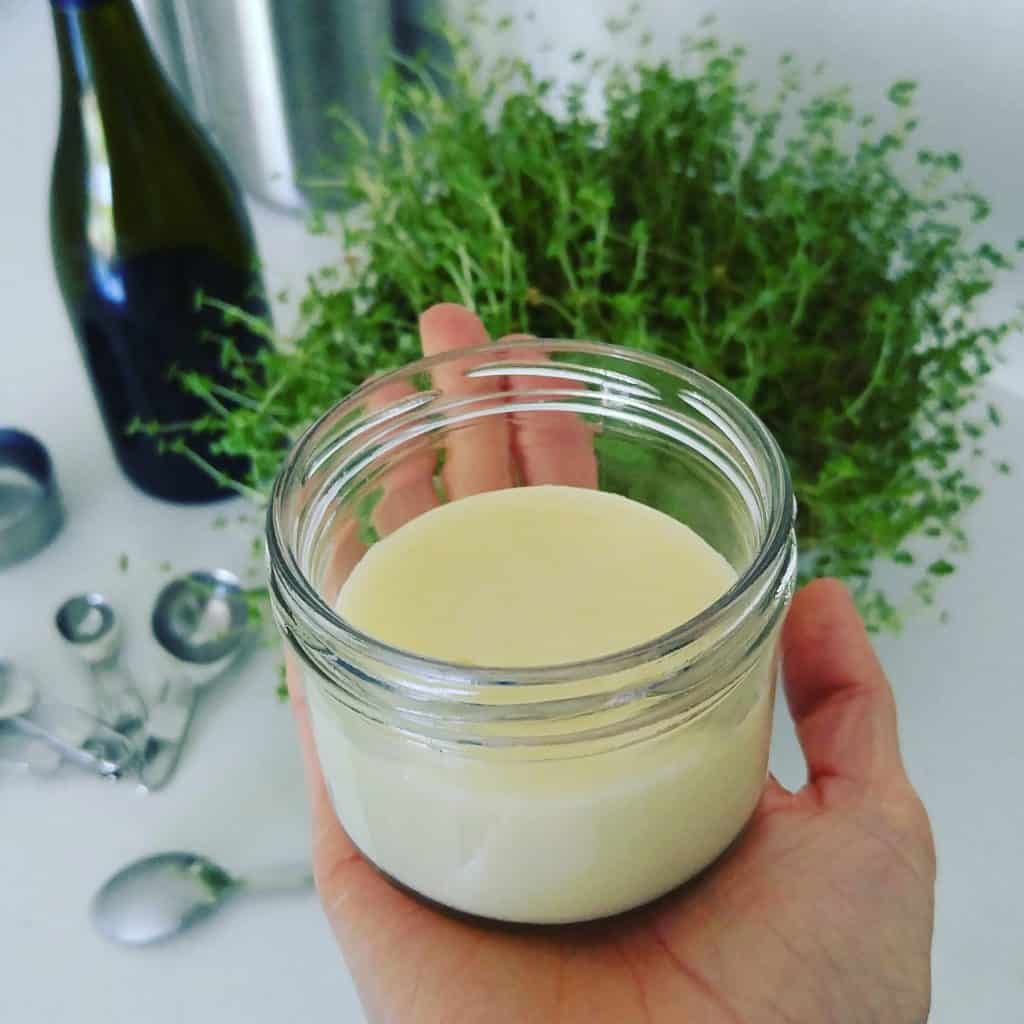
Cold cream: I make a cold cream for winter, which I use as moisturizer but can also be used as a cleanser. It’s a blend of beeswax, oil (rosehip if I have it, almond if I don’t, or olive oil) and water. I use a version of Galen’s cold cream (you can find my cold cream recipe here).
Deodorant: I’ve made by own deodorant since 2012. It’s a 1 minute job, literally stirring tapioca flour, bicarb and coconut oil together in a jar. Best and most important thing: it actually works! If you’re sensitive to bicarb I also have a bicarb-free deodorant DIY recipe that uses clay instead – you can find both DIY deodorant recipes here.
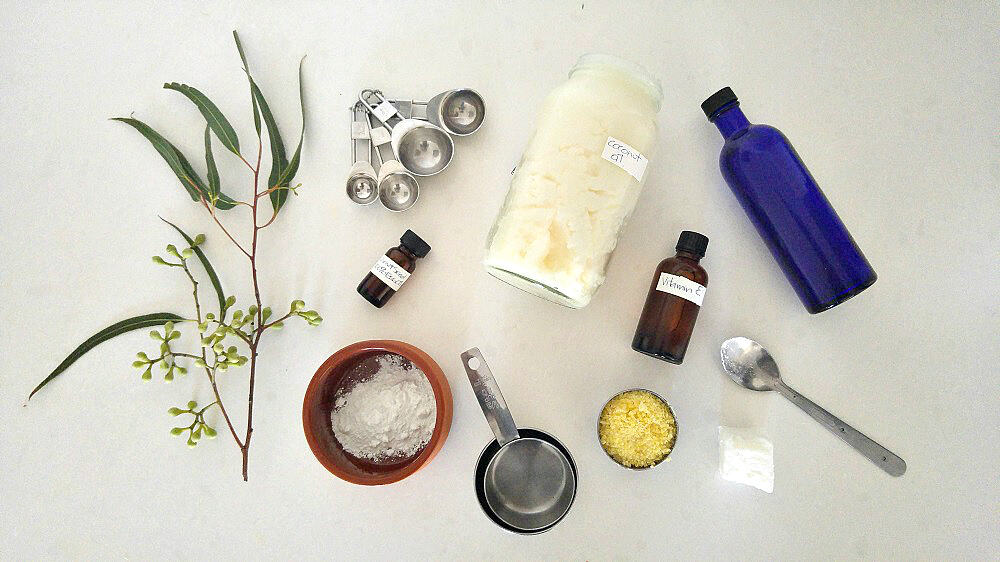
Sunscreen: I make my own sunscreen too, using zinc oxide powder, which is a physical barrier against UVA and UVB rays. I tend to make one batch that lasts all summer. Here’s my DIY sunscreen recipe (and more information about these products).
Make-up: I wear very little make-up. The product I use most is blusher and it is simply pink clay. There are some great small businesses out there making plastic-free and zero waste make-up and I’ve tried and would recommend both Dirty Hippie Cosmetics (Australian-based) and Clean-Faced Cosmetics (US-based).
Plastic-Free / Zero Waste Swaps – Other Bits + Pieces
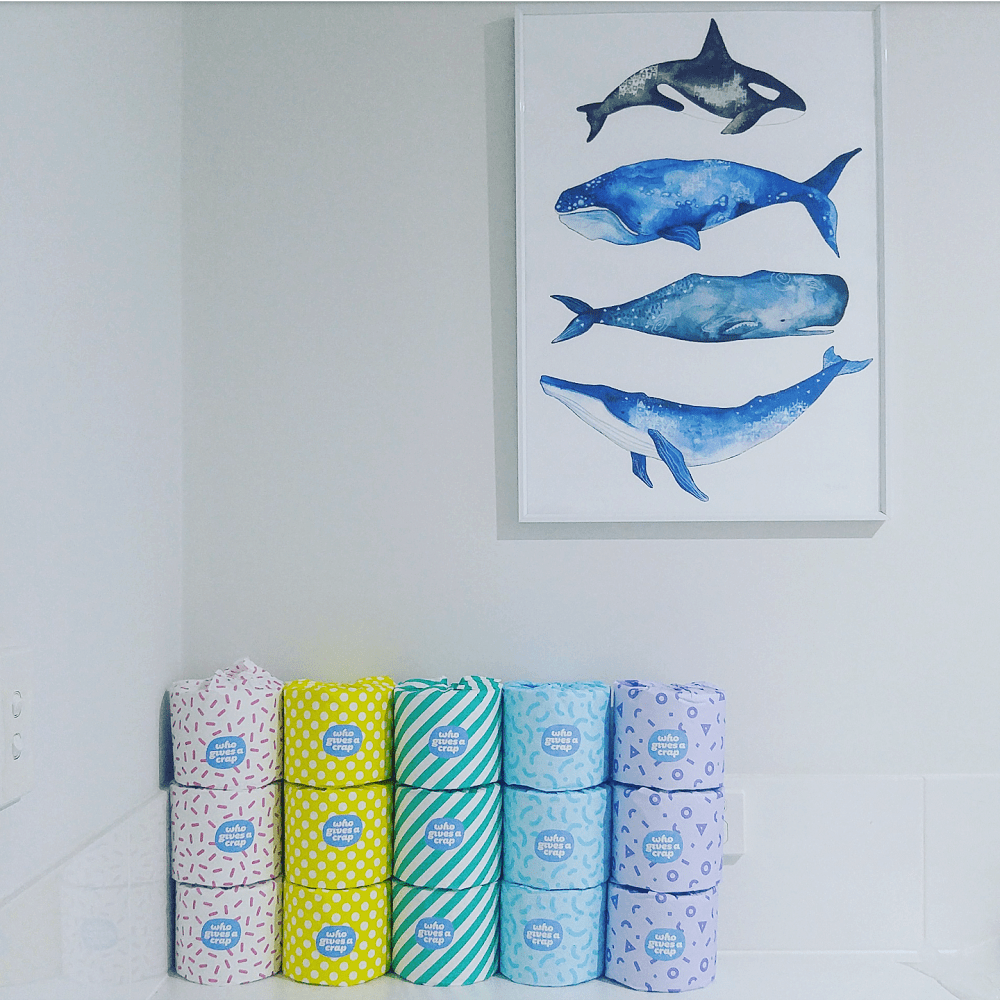
Toilet paper: I’ve used Who Gives a Crap toilet paper since it launched in 2013. The boxes are delivered plastic-free to my doorstep. I use the wrappers for various things including picking up dog poo and gift wrapping (different pieces for each activity, clearly).
There’s another brand I’ve also tried which I liked called Pure Planet, as an alternative option.
Make-Up Rounds: The reusable make-up rounds I use are made of organic cotton (I’ve seen others made of bamboo but I prefer 100% cotton), and the fabric is offcuts from other products. The ones I have were a gift from my friend Jeanne who owns a small ethical underwear business called Pygoscelis but there are plenty of other brands, or you could even sew your own.
Cotton buds: These may be single-use, but they are also non-negotiable for me. I simply cannot stand having water in my ears! (Yes, I also know that you are not meant to put them in your eyes. What can I say? I’m livin’ on the edge.) I use 100% biodegradable ones made by Go Bamboo with a bamboo stick and cotton tip that can be composted. These are another purchase from Urban Revolution in Victoria Park.
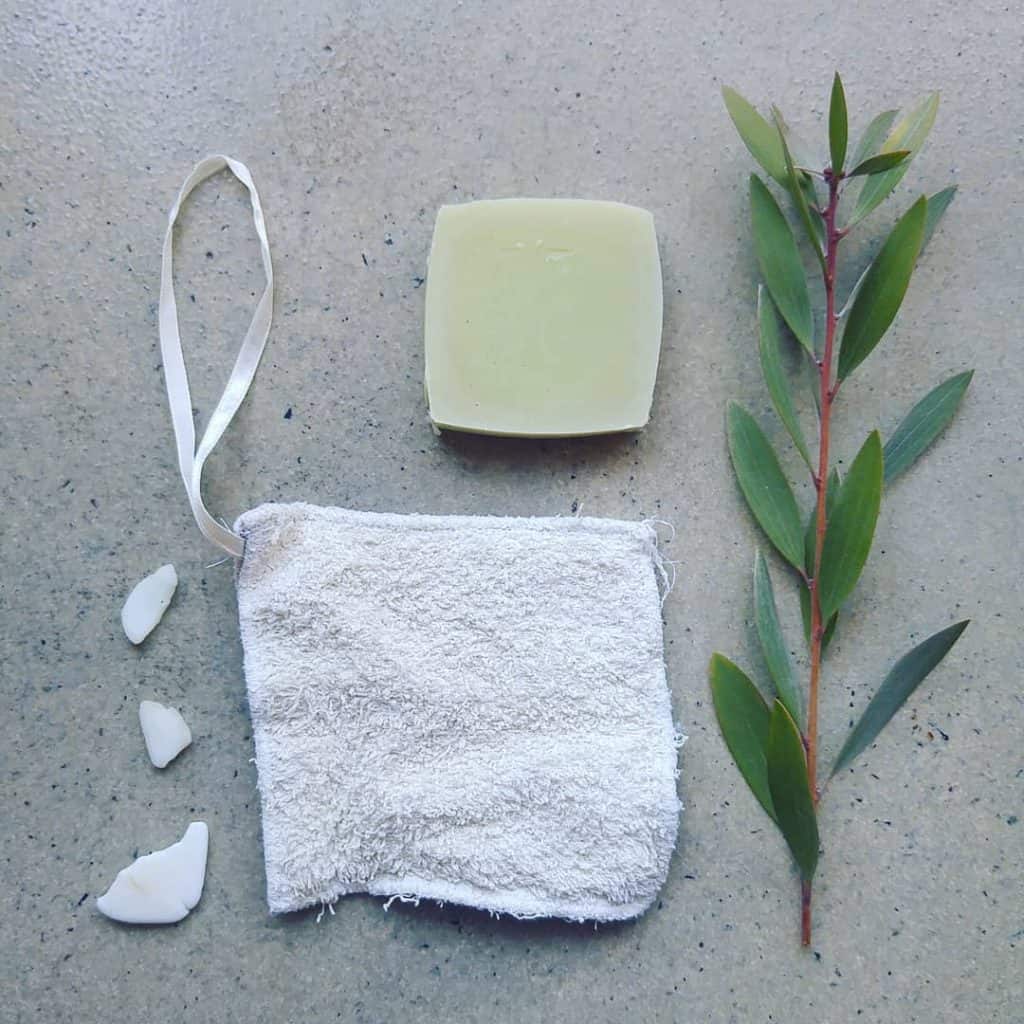
Soap Saver: I have a little bag made of flannel for putting in scraps of soap to use rather than them going down the drain. I love this and it’s saved me so much soap and so many blocked drains! I purchased this at a market, but they are easy enough to make or track down.
These swaps might work for you, you might find something different or better, or you may not see the need for some of the things I use. There’s never a perfect way to reduce your waste, only a ‘better’ version that works for you.
All you need to do is look at the products you’re currently buying and using, and ask yourself – could I switch this out for something better?
That’s how we reduce our plastic consumption and our waste: one simple swap at a time.
Now I’d love to hear from you! What low waste/plastic-free bathroom swaps have you made? What are you still struggling with? Any products you’d recommend – or recommend steering clear of? Anything else to add? Please share your thoughts in the comments below!
